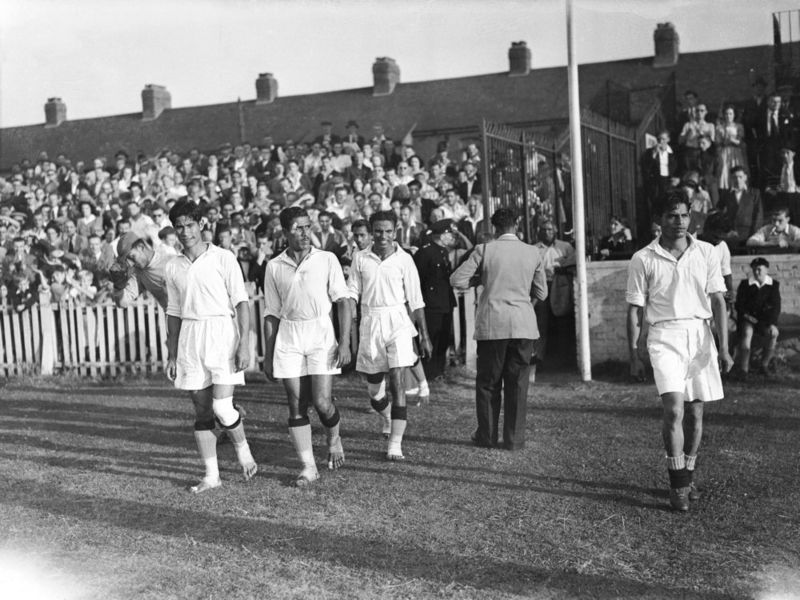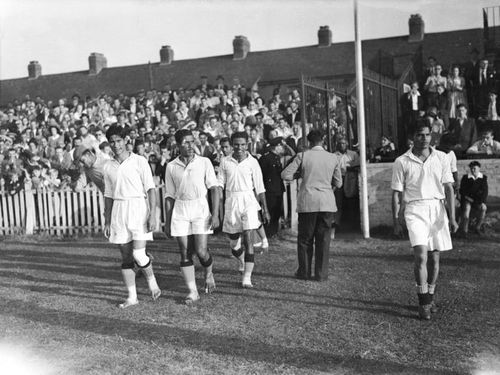
The conundrum surrounding Indian football

Disclaimer: The views of the author do not necessarily reflect those of Sportskeeda.
Football in India has always been a start and stop journey. While some of us hope to see India as a footballing giant someday, others are worried about our domestic football system. But the keyword in both voices has always been grassroots development.
While different organizations have said more than they have done towards achieving this, here, we discuss a possible system and its implications with regard to future footballers in the country.
Indian football had a 'Golden Era' in the 1950s and 60s, playing football through the eyes of coach Syed Abdul Rahim's advanced tactics and conquering Asia. The team competed with the likes of France and South Korea, regulars in today's World Cups.
But things went topsy-turvy from there. Asian titles dried up, with only a few appearances in the Asian Games and some more in the Nehru Cup to show for. But in 1996, a domestic football overhaul took place with the birth of a National Football League. Some years later, it was re-branded as the I-league.
Then came 2010, when Reliance Industries came with financial aid to prepare India for the 2011 Asian cup, and in exchange, received exclusive rights to start the glamorous ISL. While India had a forgettable 2011 Asian cup, the company's influence only grew, and the ISL is now India's official national league.
While there's so much about men's football, women's football on the other side has largely been a joke to the AIFF, although the eves' side is higher ranked in FIFA terms, and has made positive strides towards Olympic qualification in recent times.
While there is no doubt that the ISL has brought in the much-needed money and professionalism, most of its grassroots development has been largely superficial. Having a 'fest' and calling a few kids to kick about a ball for an hour is not going to take us anywhere closer to a world cup.
Our national team needs way more exposure, and this can be only achieved by playing lots of invitational/semi-pro tournaments and setting targets for AFC and FIFA championships.
Recently, the AIFF, in collaboration with the AFC has released the much-awaited road-map for the top divisions of Indian Football, which is a five-year plan.
While it has been a win-win solution for most stakeholders, some experts are still worried and are complaining that five years is a long time.
We, on the other hand, find that five years as a blessing in disguise. While the top divisions will go on, AIFF has bought themselves five years to fix the domestic football mess. The system can be made more comprehensive, fixing all the loopholes.
What we need is a solid developmental structure, where boys and girls get immense game time, coaches and referees have a good career option, and a system that is viable in the long run.
Funnily enough, more than half of this system we discuss below already exists! Now it's just about integrating these bits to help future footballers realize theirs and a nation's dream of bringing back the glory days.
(In this segment, we've discussed men's football. Women's football will be exclusively discussed in another article)
THE SYSTEM:
Age Classification:
5-10 yrs (Until Class 5) => Boys and Girls together
Boys
Under 12 (Class 5 and 6)
Under 14 (Class 7 and 8)
Under 16 (Class 9 and 10)
Under 18 (Class 11 and 12)
Under 21 (University Level)
[ move on to senior-level ]
The current AIFF divisions are fairly similar, but there is a need for a slight change. With this system in place, age fraud can be checked at regular intervals. The education levels have been mentioned keeping the school tournaments in mind. In the following slides, we also elaborate on what the AIFF's international targets at every age group level should be.
[ Age group rules are to be specified by the AIFF at the start of every season, in collaboration with the players' association (FPAI), as well as the Indian Central and State level school Boards. These age groups have also been suitably drawn up to select junior national teams ]